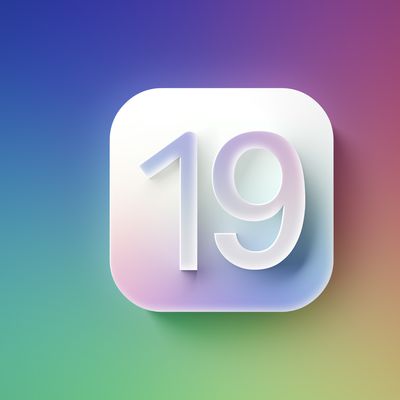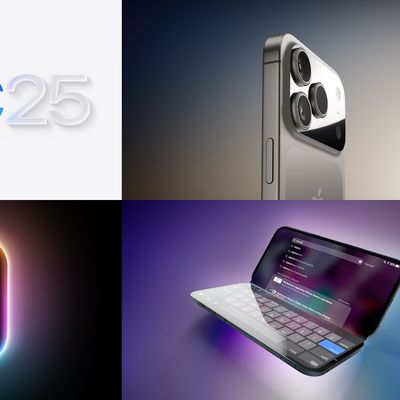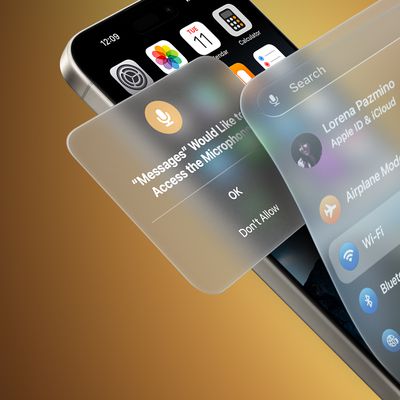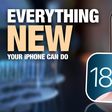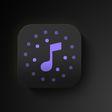Apple is making a small but notable change to the way listeners can sign up to get updates on new podcast content, with the company changing the word "Subscribe" to "Follow" in the Podcasts app in iOS 14.5.
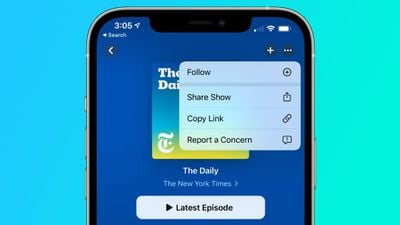
The wording shift in the Podcasts app was highlighted by podnews, with the site pointing out that the word "Subscribe" could have misled Podcasts users into thinking that the podcasts cost money to listen to.
In the current iOS 14.5 beta, tapping on the three dot menu item when viewing a podcast allows users to opt to "Follow" a podcast rather than to "Subscribe" to a podcast. The large "Subscribe" button has also been eliminated in a design changes introduced to the Podcasts app in the iOS 14.5 update, in favor of a "Latest Episode" button.
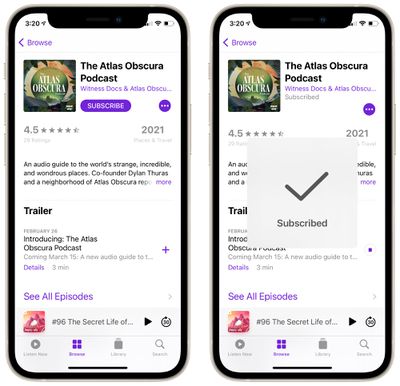
When you tap on "Latest Episode," the app now alerts you that you have "Followed" a podcast instead of "Subscribed" to it.
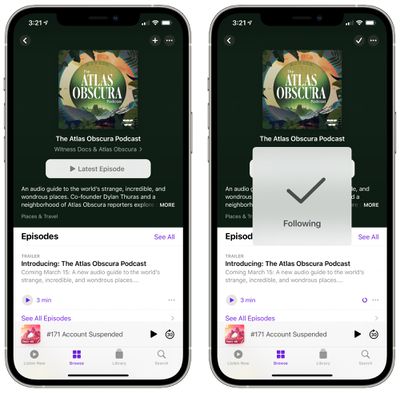
Other apps like Spotify, Audible, Amazon Music, and Stitcher also use "Follow" wording instead of "Subscribe." Edison Research's Tom Webster told podnews that Apple's shift from subscribe to follow could have an impact on the rest of the podcast industry.
"Today, Apple, Spotify, and YouTube are the three most widely used services to play podcasts, and now the word Subscribe means 'automatically download for free' in exactly none of them. Podcasters will have no choice but to adapt their language accordingly or risk confusing listeners."
Right now, the Podcasts app is free and Apple has no paid podcast content, but rumors have suggested that Apple is working on a paid podcast subscription service that would charge people to listen to podcasts.
With a paid subscription service, Apple could potentially lure high-profile creators with the promise of more money, stealing them away from other platforms like Spotify. The change in language facilitates the later introduction of a podcasting subscription service and will prevent confusion in the future.
Apple has made small wording changes in the past to clarify how purchases and downloads work. In the App Store, for example, the "Free" label was replaced with "Get" in 2014 to make it clear that apps with no-upfront purchase costs could have in-app purchase options.



